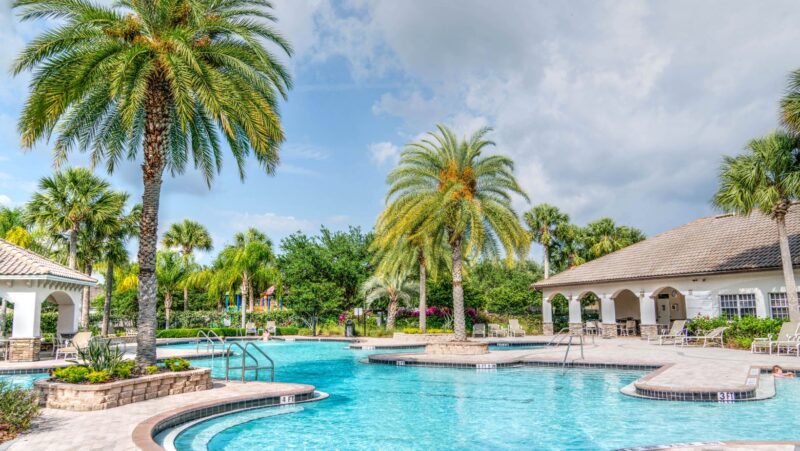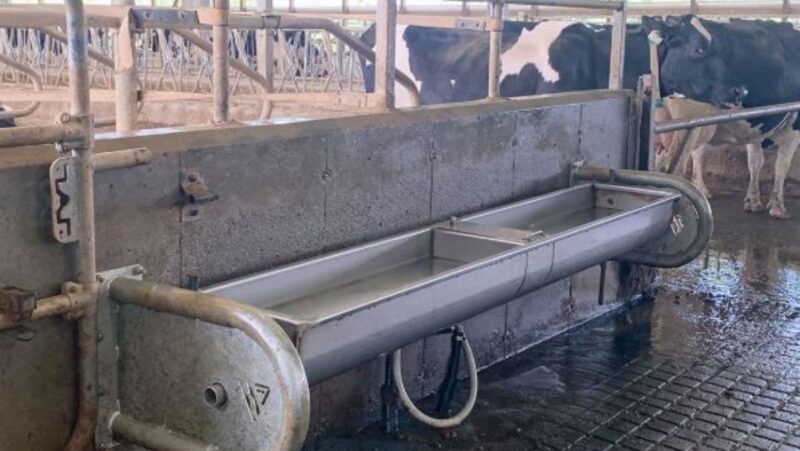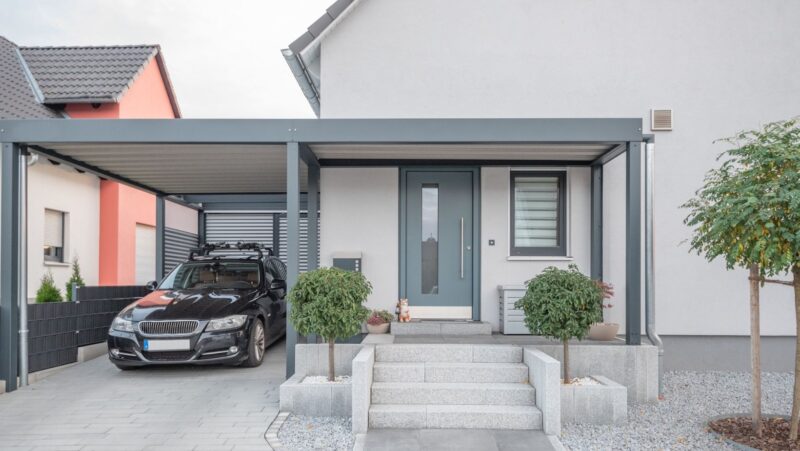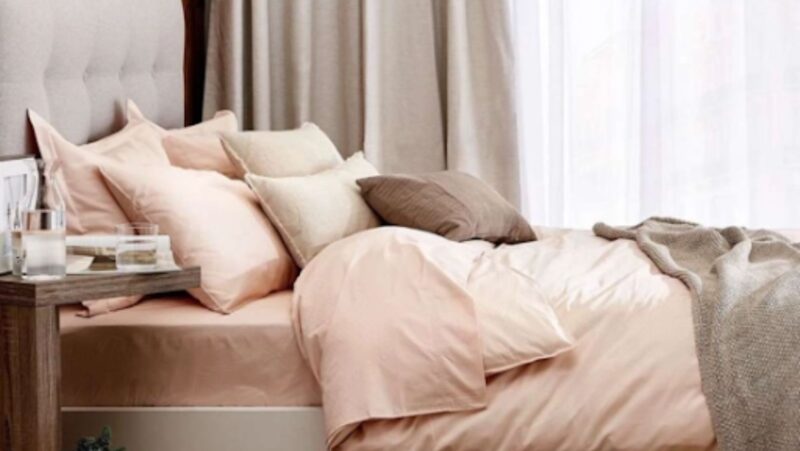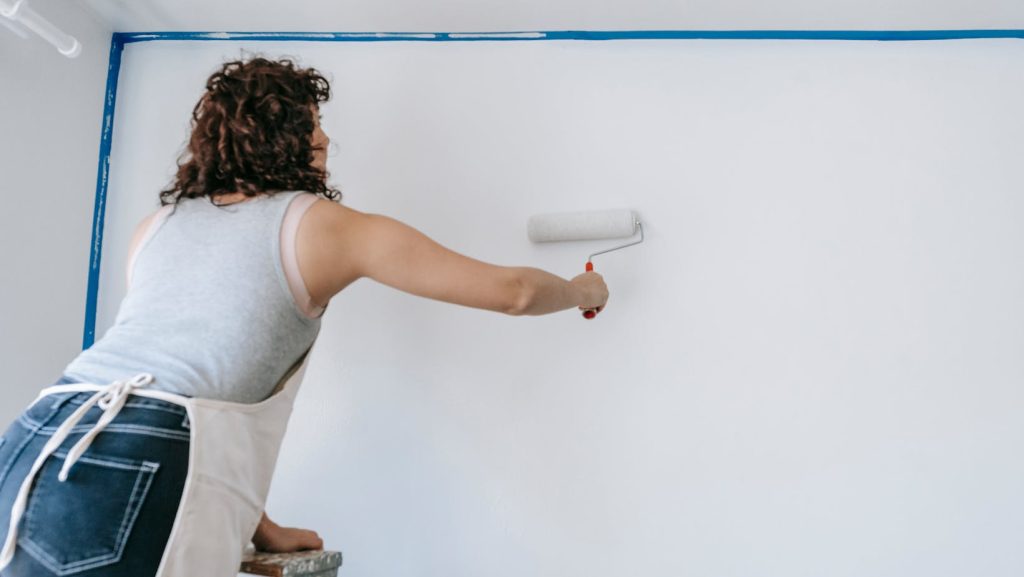
Are you looking at a drab wall and feeling the itch for a vibrant change? House painting is one of the most rewarding home improvement projects, offering a remarkable transformation with a relatively low investment. Yet, as with any task, there is an art and a science to it that can distinguish between a successful refresh and a regretful redecoration. Here, we will unveil six indispensable pointers for anyone contemplating that coat of fresh paint on their walls.
Proper Preparation is Key
Before starting to paint, thorough preparation is key for a great paint job. This involves cleaning surfaces, fixing cracks, and sanding rough spots for a smooth canvas. A good primer is vital to cover old colors and create a strong base for the final coat, enhancing durability and color vibrancy.
Ensuring clean edges with taped-off areas protects unwanted features and ensures sharp, professional lines. Take your time with this step; skimping on preparation can result in poor outcomes and needing more work later. Time spent preparing walls pays off in durable, beautiful paintwork.
Climate Considerations
When contemplating the longevity of your home’s exterior aesthetics, climate considerations must be at the forefront of your planning. The durability of how long exterior house paint lasts can vary significantly based on the local climate. For instance, homes in high humidity or extreme temperatures will encounter unique challenges compared to milder conditions. Paint formulas resistant to UV rays prevent fading and chalking in sunny areas, while those with high water resistance are ideal for rainy locations.
Choosing paint that can withstand your area’s weather patterns is essential. Consider your home’s orientation, as some sides may face more extreme weather and sunlight, requiring tougher paint. Consult professionals or local suppliers experienced in climate-related paint performance to choose the right product for your home.
Quality Trump Cost
Investing in quality paint is non-negotiable when it comes to the longevity and appearance of your painted surfaces. While it may be tempting to save a few dollars on cheaper options, premium paints offer superior coverage, richer pigments, and added durability that can withstand the test of time and elements. These higher-grade paints also often come with protective properties against mold, mildew, and fading, which are vital for maintaining the aesthetic of your home’s exterior.

Another advantage of quality paint is that it tends to go on smoother and is less prone to splattering, making the application process cleaner and more efficient. Plus, premium paints usually require fewer coats, thus saving time and potentially reducing labor costs if you’re hiring professionals. Ultimately, a quality paint job completed with top-tier products enhances curb appeal and becomes a cost-effective choice in the long run due to its enhanced longevity.
Different Paints for Different Surfaces
Not all paints are created equal. The type of paint you choose should depend on the surface you will paint. For example, exterior house paint is designed to withstand harsh outdoor elements like rain, sun, and wind. On the other hand, interior paint is not designed to handle these conditions and may quickly deteriorate if used on exterior surfaces.
Additionally, different paint finishes are to consider, such as flat, eggshell, satin, semi-gloss, and high-gloss. Each has unique characteristics and is more suitable for certain rooms or surfaces. For instance, high-gloss paint is highly durable and easy to clean, ideal for high-traffic areas like hallways and kitchens. Understanding which type of paint works best for each surface will ensure that your painted walls look great and last longer.
Proper Application Techniques
Besides choosing quality paint, how it’s applied affects longevity. Use clean, dry brushes or rollers, avoid oversaturation, and apply thin coats for best coverage. Follow recommended drying times, and avoid painting in direct sunlight or extreme temperatures.
Furthermore, pay attention to the direction of your brush strokes and maintain a consistent pattern throughout the application process. This will result in a smoother finish and prevent visible lines or uneven areas. Take your time and be patient during painting; rushing through the process can lead to costly mistakes that may require repainting.
Maintenance is Key
Even with all the proper preparation and application techniques, a painted home’s exterior still requires regular maintenance to prolong its life. This includes periodic cleaning with mild soap and water and inspecting for any signs of fading, peeling, or cracking.
Fixing these issues promptly can prevent more extensive damage and preserve the integrity of your paint job. Additionally, consider adding a fresh coat of paint every few years to maintain the appearance of your home and protect it from the elements. Regular maintenance is essential to ensure your investment in house painting lasts as long as possible.

House painting blends science and art, needing prep, precision, and a personal touch. Master these six essentials to tackle your project confidently, ready to transform your space with your color palette. Take your time, savor the process, and relish the satisfaction of a well-done job. Your painted walls showcase your style and dedication to home improvement.







